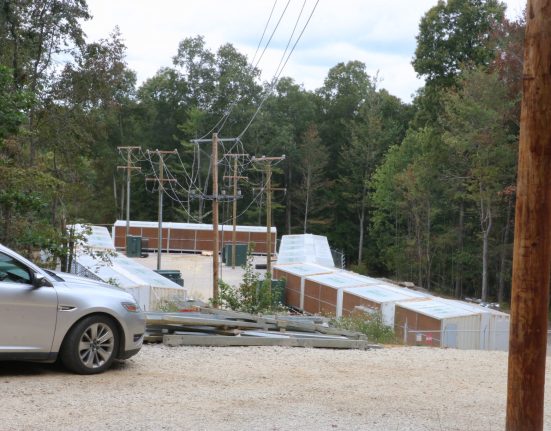Tips for Preparing an NSF EPIIC Grant Application
Focus your EPIIC grant on meeting emerging technology labor market needs
Applicants must position themselves at the forefront of emerging technology workforce development and as active collaborators in a larger “innovation ecosystem.”
The first thing community colleges should know is that EPIIC proposals must be rooted in a project supporting career development for emerging technology areas, particularly the ten areas Congress outlined in the CHIPS and Science Act. They are:
- Artificial Intelligence
- High-Performance Computing & Semiconductors
- Quantum Science and Technology
- Advanced Manufacturing
- Disaster Prevention
- Advanced Communications Technology
- Cybersecurity
- Biotechnology
- Advanced Energy Technology & Efficiency
- Material Science
Colleges can also pursue federal funding from other sources to support STEM education in non-emerging technology areas, such as NSF’s Advanced Technological Education program of the Economic Development Administration’s STEM Talent Challenge grants.
Make sure you have the right partners
There is a reason why NSF put “partnerships” in the name of the “Enabling Partnerships to Increase Innovation Capacity” grant program.
It is imperative that community colleges substantively involve partners to formulate a cohesive and competitive grant proposal that can effectively meet emerging technology workforce development needs. Community colleges may bring student success, equity, and workforce development expertise to the table, but most will need outside help to understand the specific skill and job training needs and the employer networks in play for emerging technology areas.
Colleges should name partners in their proposals that can address specific needs. Ideally, colleges would present NSF with evidence that the partners are committed by including examples of past partnerships, press releases or third-party validation of the relationship, letters of commitment, or other proof points that explain why the partnership makes sense.
Finding experts in emerging technologies can be difficult, depending on the region. A few ideas for partners in the region include:
- Research universities, including their offices, focused on economic development, technology transfer, research parks, startup incubators, industry relations, and community engagement.
- ManufacturingUSA Institutes or Manufacturing Extension Partnerships
- National laboratories or other federally funded research and development centers
- Economic development or technology-based economic development organizations
- State and local government agencies or officials
- Labor unions, especially those focused on emerging technologies, including AI
- Industry associations (e.g., Georgia Bio or state manufacturing associations)
- Chambers of commerce, including minority-serving chambers
- Large employers with a vested interest in workforce training for emerging technologies
Be specific about how EPIIC money can address your needs and how it will lead to lasting change
EPIIC can cover many costs community colleges may incur when forming partnerships, ranging from upskilling faculty and recruiting instructors, creating new industry advisory committees, inventorying and refining institutional processes and procedures, conducting labor market analyses, developing a student recruitment strategy for new programs, organizing community workshops and town halls, and a number of other needs.
Colleges should articulate how exactly EPIIC funds will meet their institution’s unique needs, how partnerships will be involved in the proposed work, and how the college would sustain the impact of the grant after the award period is finished.
Colleges should see their EPIIC application as a “capacity building” grant rather than a program-delivery grant. Future blogs in our series will address this topic in more detail.







